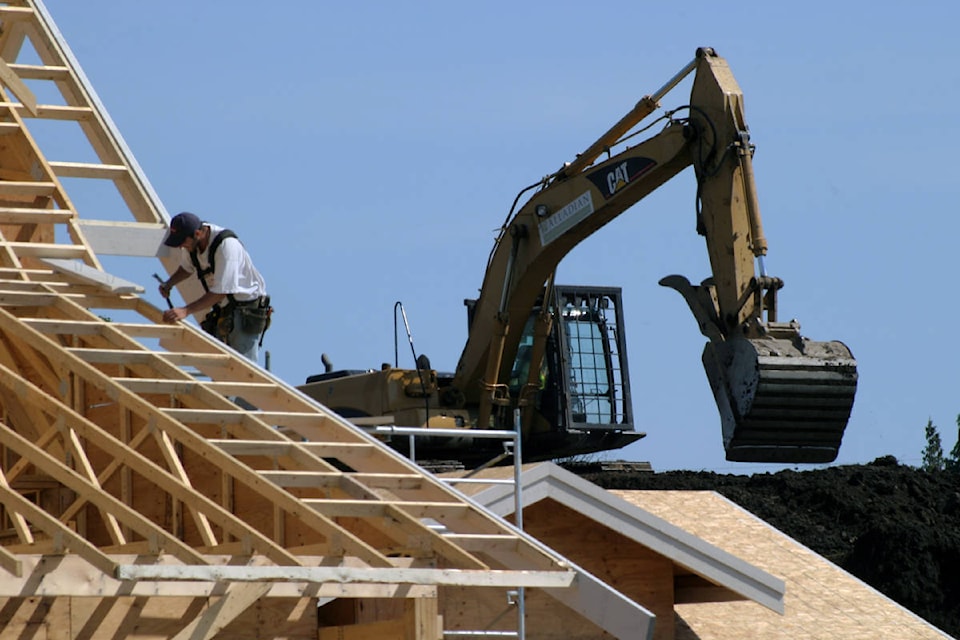The imposition of affordable housing requirements on developers could exacerbate the housing shortage for renters, experts say.
After a long discussion, Victoria city council voted to implement a mandate for developers to include 20 per cent of their units as affordable housing options as a part of the city’s Inclusionary Housing and Community Amenity Policy. This would apply to projects which include 60 units or more.
This came forward despite warnings and a detailed report from city staff, developers and a working group which reported the upper limits of viable affordability options sits at 10 per cent.
READ MORE: What is ‘affordable housing?’
“The suggestion that 20 per cent inclusionary housing requirements will push developers to purpose-built rental is unequivocally false and completely ignores the financial realities of development,” said David Chard, of Chard Development. “It will simply send a loud and clear message to developers that they’re not welcome in the city and will push them to other municipalities where that is not the case.”
As a caveat to that motion, council agreed that if a developer could prove that the requirement made the project not viable, they would be permitted to build a project with 10-20 per cent affordable housing units if other Official Community Plan requirements were met, such as space for childcare or a majority of two and three-bedroom units.
ALSO READ: City of Victoria announces two more affordable housing projects
Victoria Mayor Lisa Helps was opposed to the 20 per cent level, and put forward an amendment to bring it down to 10 per cent, but it ultimately failed.
“We’ve seen an analysis that projects with anything above about 10 per cent are not financially viable,” Helps said. “My suggestion to council is we start with that reality, and do that for a year.”
Other councillors, including Coun. Ben Isitt and Coun. Sharmarke Dubow wanted even higher requirements, putting forward an amendment for a 3o per cent requirement which also failed.
The passing 20 per cent will be put to the test and reviewed in one year, but developers are unhappy with the idea.
ALSO READ: City of Victoria approves affordable housing project at former Tally-Ho Motel site
“Projects are becoming financially non-viable and will lead to a reduced supply of both market rentals and condos,” said Lauren Antifeu, Townline Group’s Development Manager on Vancouver Island in an emailed statement.
“Ironically, it is ultimately the renter or home buyer who will suffer due to this policy. As the pace of new construction slows, new rental and condo housing will become more expensive to rent and own, and will slow the upwards movement of tenants from older, more affordable rental and condo housing stock into newer homes.”
Send a Tweet: @NicoleCrescenzi
Like us on Facebook
